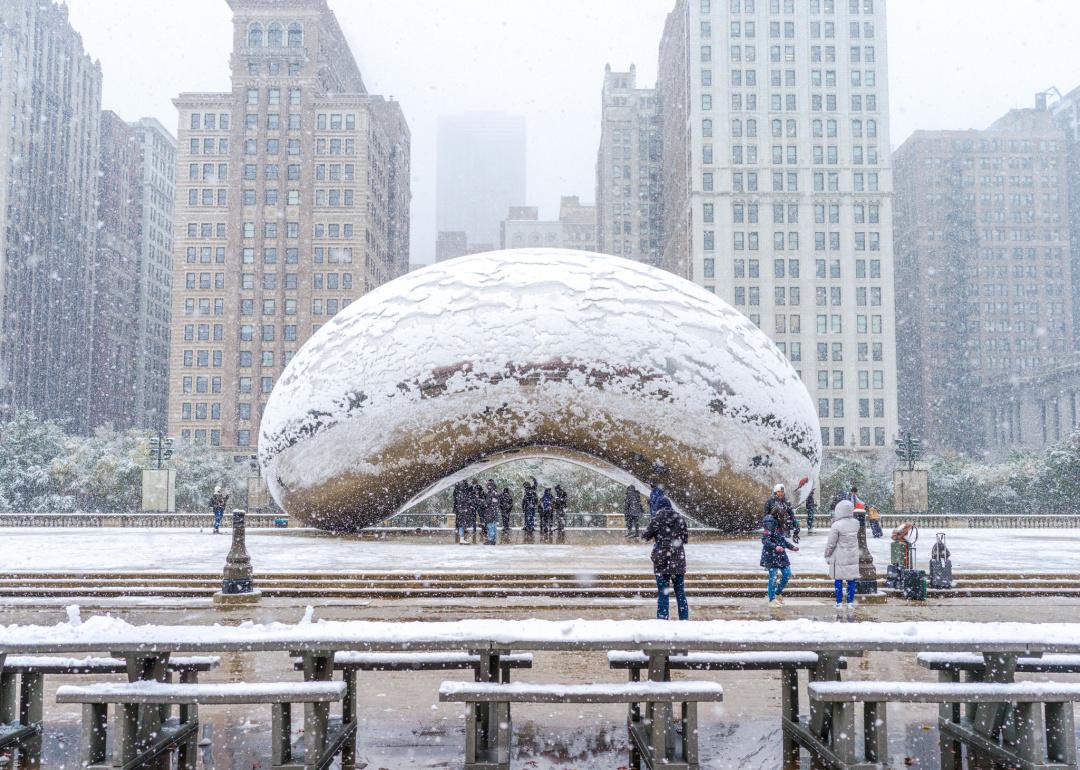
How heating problems compare among the 15 largest metros
This story originally appeared on American Home Shield and was produced and distributed in partnership with Stacker Studio.
How heating problems compare among the 15 largest metros
The residents of more than 11 million American homes were uncomfortably cold for at least 24 hours last winter, according to the Census Bureau. That's about 9% of all households.
While the five metropolitan areas with the largest share of households left in the cold included typically wintry cities such as New York and Detroit, two Texas metros topped the list. That came after the state's power grid failed during a storm in February.
Climate change has generally made the country warmer, but winters can also bring increased snowfall during snowstorms. Research shows a link between the warming Arctic and worse cold snaps. The winter of 2021-2022 was the second year of the La Niña weather phenomenon, which is when the waters in the central and eastern parts of the Pacific Ocean near the equator cool to below-normal averages. Climate change may be making the phenomenon more frequent and more intense.
The country is trying to move away from fossil fuels to renewable electricity sources, including heating, to counter climate change. American Home Shield examined data from the Census Bureau's 2021 American Housing Survey to determine which of the 15 largest metropolitan areas had the highest shares of homes with heating problems last winter. To be included, the breakdowns had to have lasted six hours or more. Note that reasons for heat disruptions may not add up to 100%, as more than one category may apply to a unit. Data listed as "not available" was omitted because raw estimates were withheld by the Census Bureau if they did not meet survey standards, or to avoid disclosure.
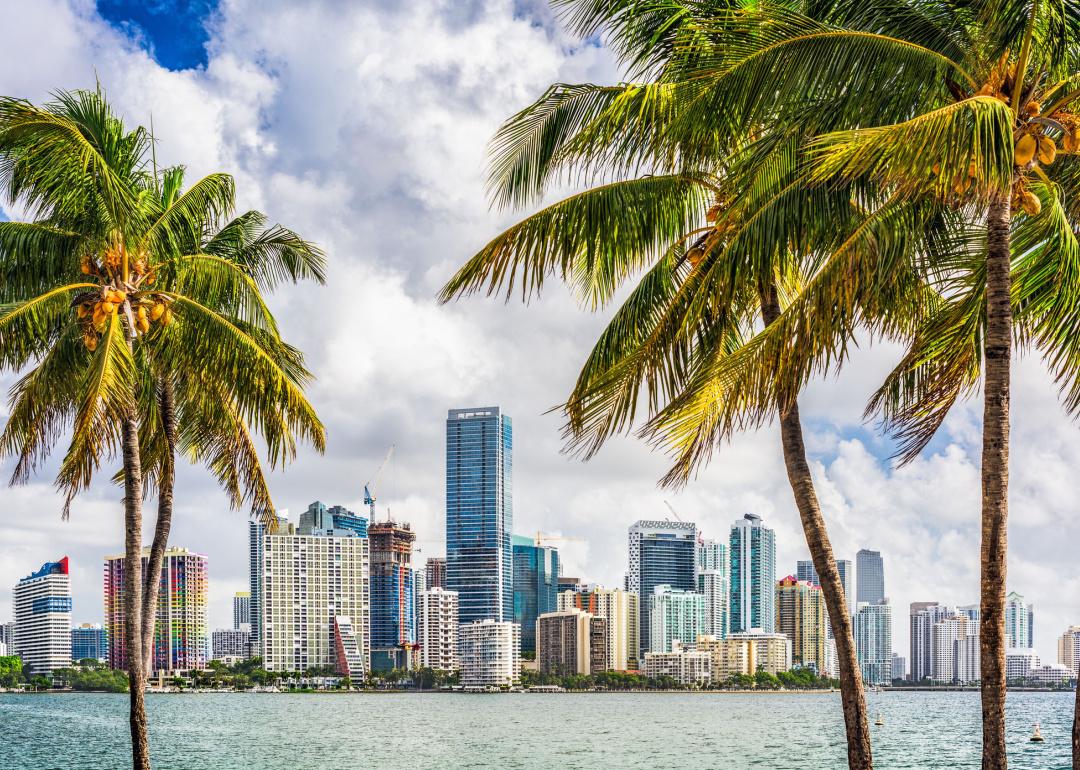
Miami metro area
- Occupied units with heating equipment last winter: 2M
- Share of homes that were uncomfortably cold for 24 hours or more: 1.4%
- Top reasons for heating disruptions: data not available
In late January 2022, a rare freeze warning was issued for South Florida, including Miami, Fort Lauderdale, and West Palm Beach, with temperatures dipping below 32 degrees Fahrenheit in some inland areas and hovering from the mid-30s to near 40 at the coast. Palm Beach County prepared to open warming shelters, which it does when temperatures fall to 40 degrees or less for four consecutive hours or more.
Landlords in Florida must provide heat in the winter when many homes rely on electric heat pumps. As of 2017, natural gas provided three-quarters of the state's electricity supply, almost double the national average; Florida generates 5% from renewable sources.
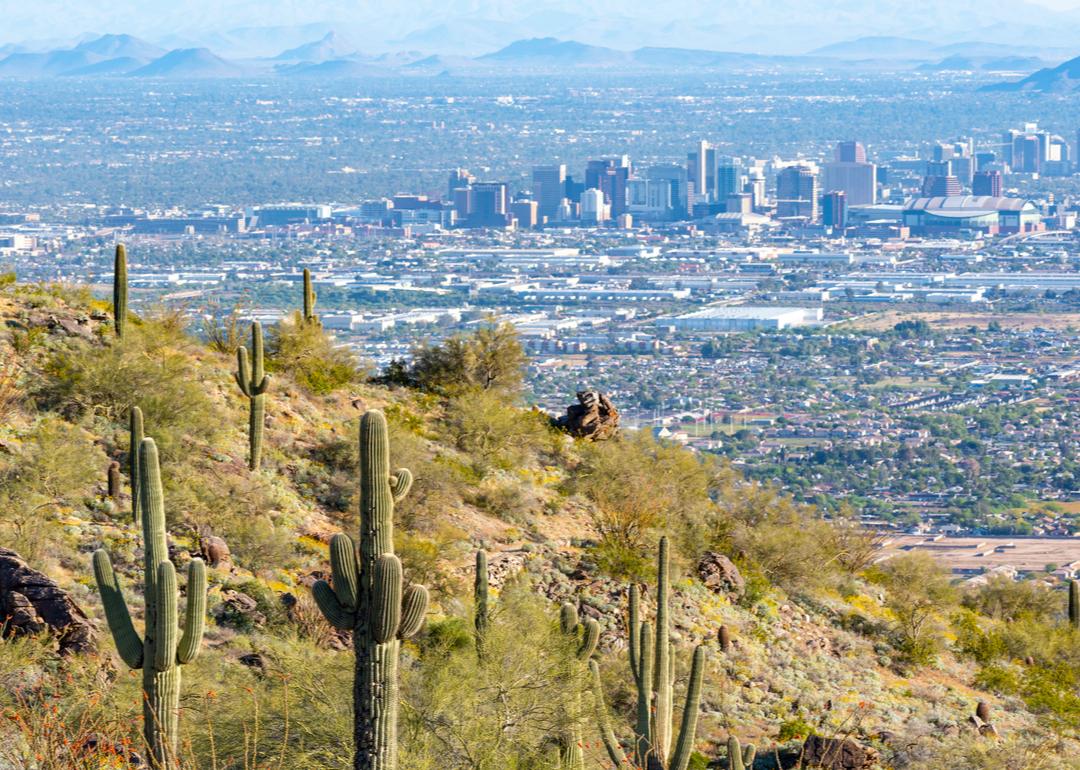
Phoenix metro area
- Occupied units with heating equipment last winter: 1.7M
- Share of homes that were uncomfortably cold for 24 hours or more: 2%
- Top reasons for heating disruptions:
-- Equipment breakdowns: 58.4%
For Arizona overall, the La Niña weather phenomenon for the second year in a row meant a lack of rain and snow and drier-than-average conditions. The same was true for the entire Southwest. The Phoenix area, including Mesa and Scottsdale, did have some cold snaps: A cold front passed through in December 2021, for example. The National Oceanic and Atmospheric Administration had predicted above-normal temperatures but temperatures were near normal or below. La Niña is likely to persist throughout the winter of 2022-2023.
More than two-fifths of the state's electricity generation comes from natural gas. Nuclear power is also a significant source, while renewable sources account for about 16% of electricity generation. A weatherization program to make homes more energy efficient is available for residents who meet income requirements.
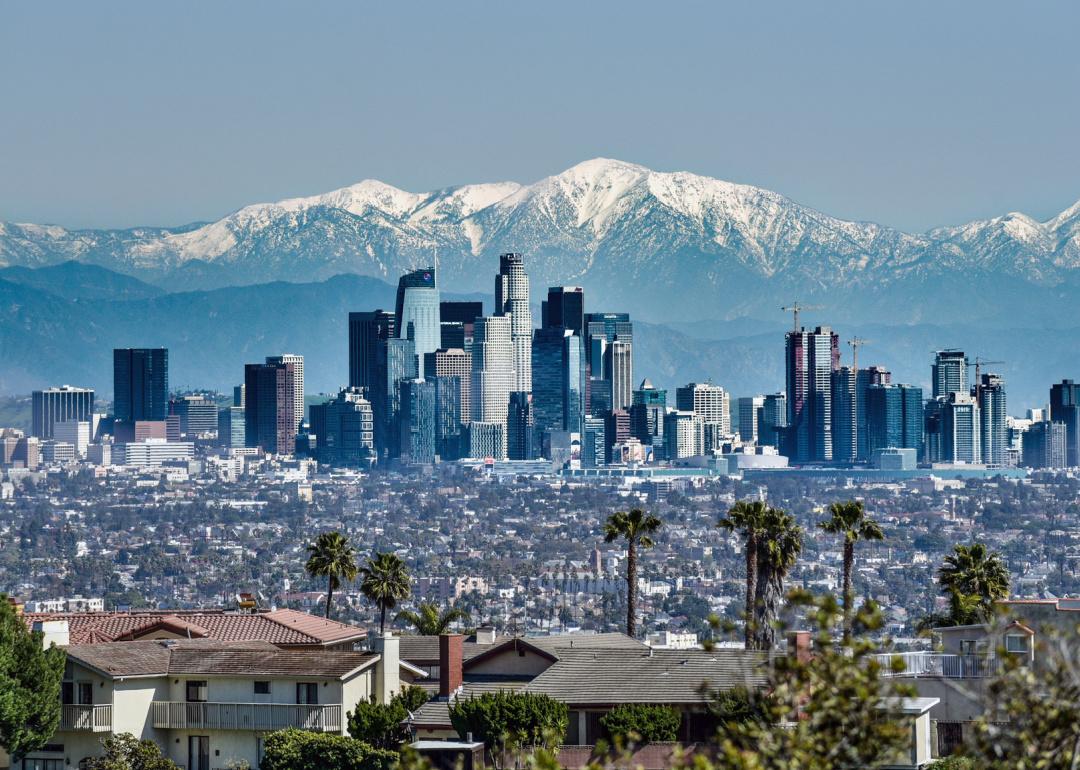
Los Angeles metro area
- Occupied units with heating equipment last winter: 4.3M
- Share of homes that were uncomfortably cold for 24 hours or more: 4.7%
- Top reasons for heating disruptions:
-- Equipment breakdowns: 33.5%
-- Other: 27%
-- Inadequate insulation: 19.1%
-- Inadequate heating capacity: 15.1%
Climate change is severely disrupting California's weather patterns.
The Los Angeles metro area, like the rest of the American Southwest, experienced the second year of extreme drought in the winter of 2021-2022 and a frigid February. According to the National Oceanic and Atmospheric Administration, La Niña will probably return for an unusual third year in 2022, with warm and dry conditions that could continue at least through January 2023.
Renewable energy sources, including hydropower and customers' solar systems, supplied nearly half of the electricity generated within the state. Natural gas is the leading source of electricity.
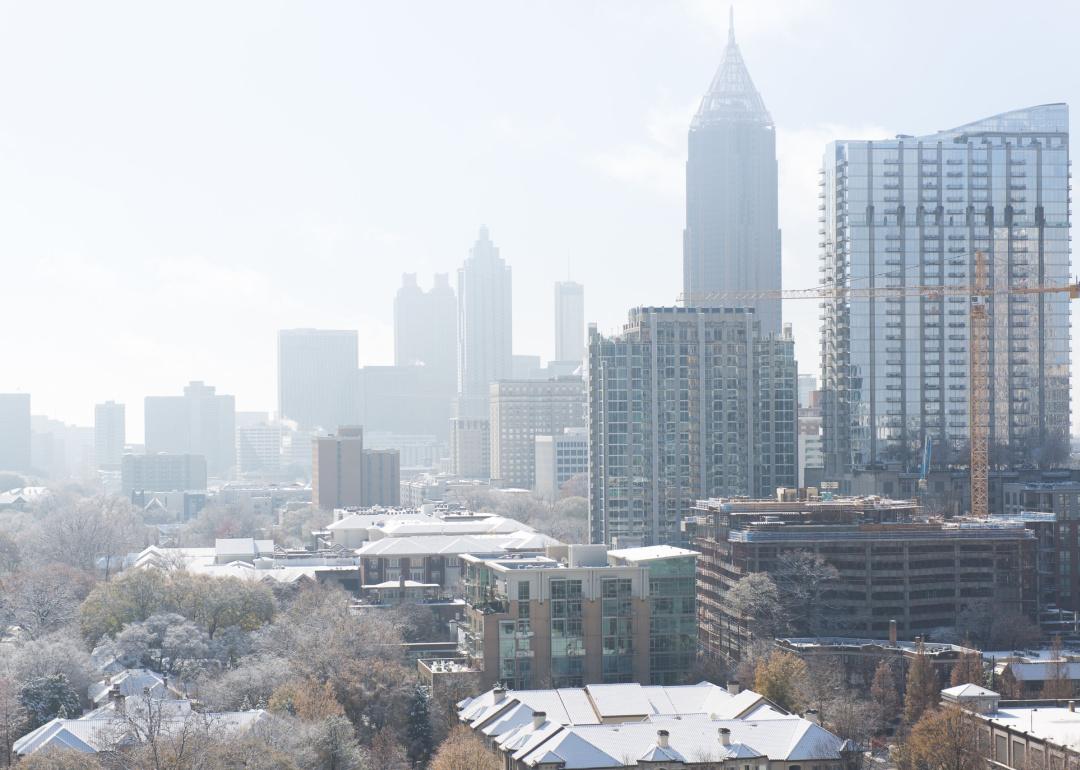
Atlanta metro area
- Occupied units with heating equipment last winter: 2.1M
- Share of homes that were uncomfortably cold for 24 hours or more: 5%
- Top reasons for heating disruptions:
-- Equipment breakdowns: 41.8%
-- Utility interruption: 17.1%
-- Other: 15.3%
Atlanta and its suburbs of Sandy Springs and Roswell had warmer than normal temperatures as expected, according to the National Oceanic and Atmospheric Administration. Atlanta averages 2.2 inches of snow a year but hasn't had that much since 2018, though there was a small-yet-measurable amount of snowfall in January 2022.
Landlords must provide heat for those cold days, though renters must continue to pay even if the heat fails, according to the Georgia Department of Community Affairs.
Natural gas and nuclear power account for more than three-fourths of Georgia's in-state electricity generation. About a tenth came from renewable sources in 2019.
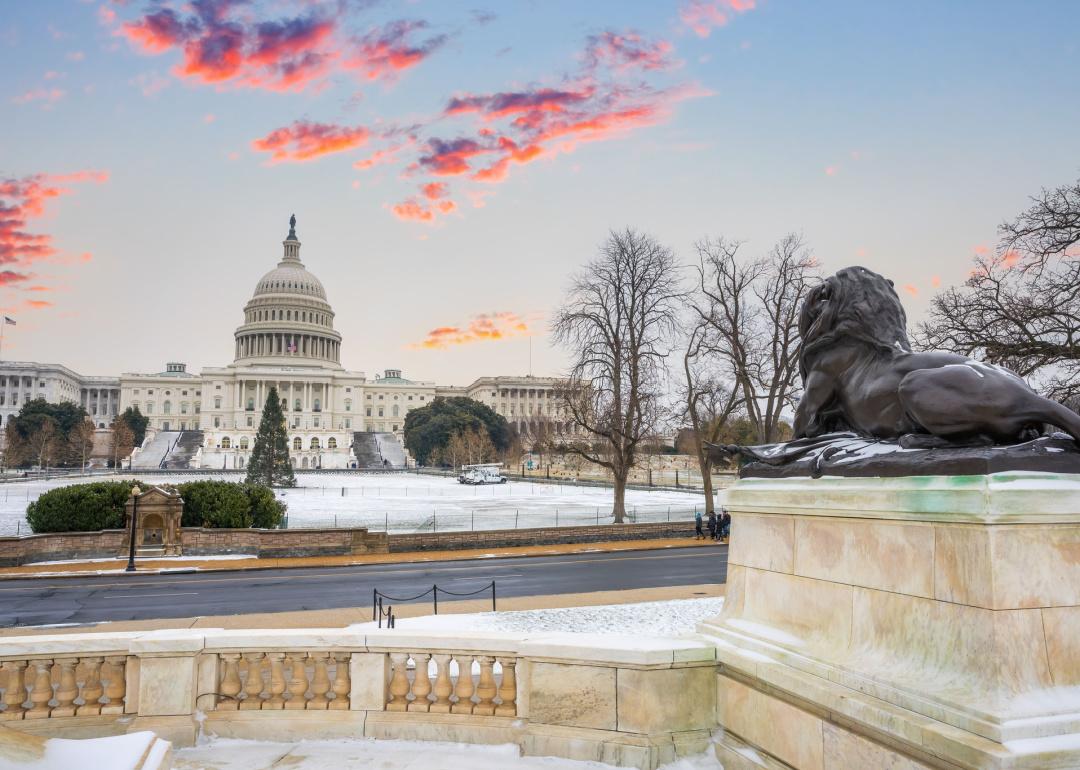
Washington D.C. metro area
- Occupied units with heating equipment last winter: 2.2M
- Share of homes that were uncomfortably cold for 24 hours or more: 5.3%
- Top reasons for heating disruptions:
-- Equipment breakdowns: 53.4%
-- Utility interruption: 13.3%
The Washington D.C. area had winter temperatures mostly close to normal, with a particularly chilly February 2022. Experts had predicted a winter in D.C., and the nearby communities of Arlington and Alexandria, with big temperature swings, from frigid mornings to springlike reprieves. Snowfall was below average.
Solar energy and biomass accounted for 59% of the electricity generated within D.C. in 2020, and natural gas for 41%. Some of those breakdowns can be explained by age: Half of all houses that their owners occupy were built more than 79 years ago, according to the National Association of Home Builders.
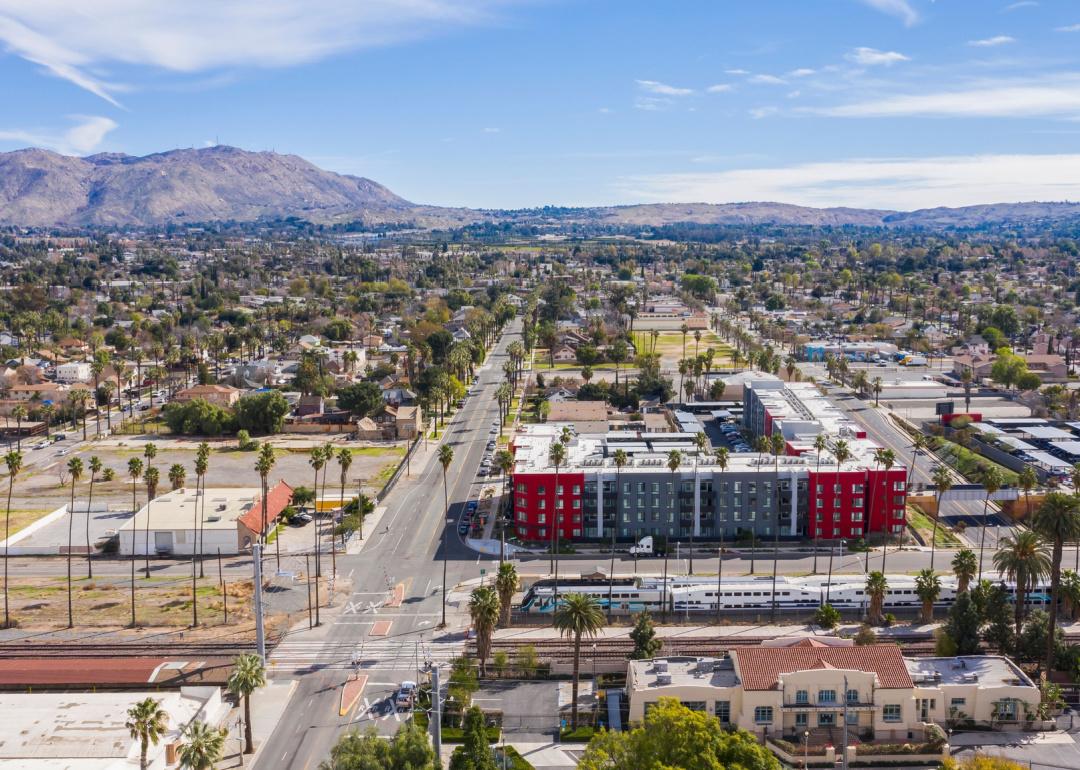
Riverside, California metro area
- Occupied units with heating equipment last winter: 1.4M
- Share of homes that were uncomfortably cold for 24 hours or more: 5.4%
- Top reasons for heating disruptions:
-- Equipment breakdowns: 45.2%
-- Inadequate insulation: 17.5%
-- Other: 12%
-- Inadequate heating capacity: 11.3%
-- Utility interruption: 9.3%
California was in the second year of La Niña, the weather phenomenon that typically brings warmer and drier weather across the southwestern part of the country, according to the National Weather Service. La Niña can also mean more frequent periods of cold air. An end-of-the-year snowstorm in 2021 brought snow to San Bernardino County.
Homes in California are on the older side for the western part of the United States. The median age of housing stock in California is 43, above the national median of 39.
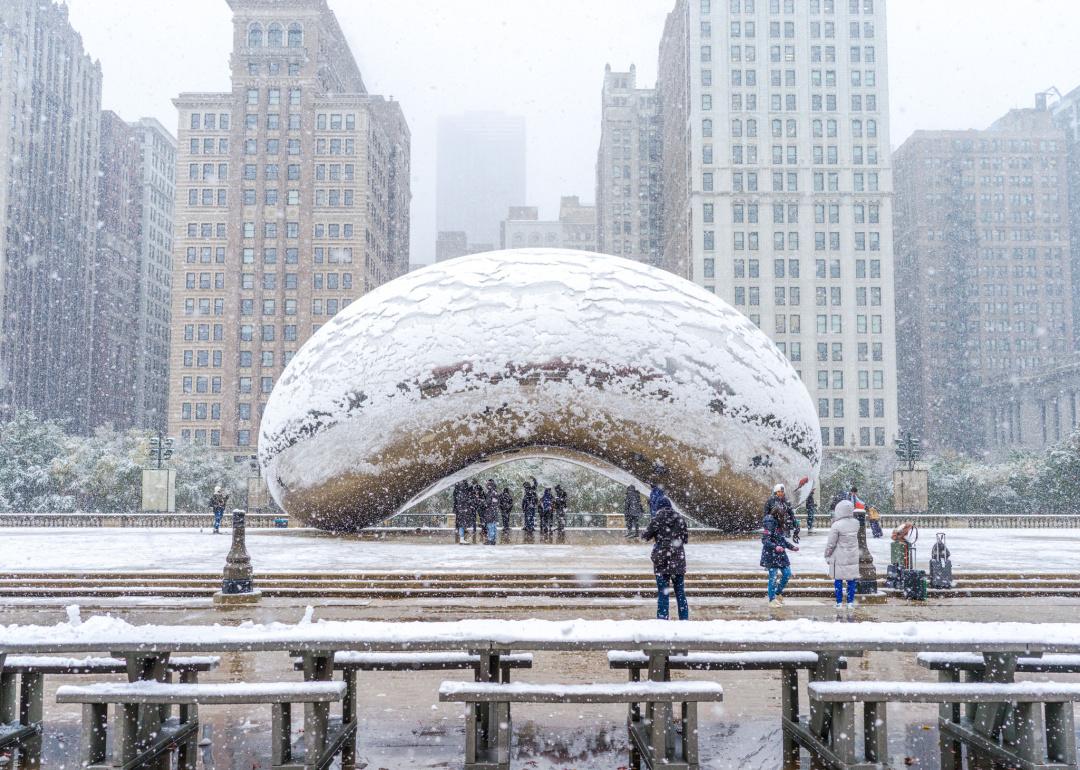
Chicago metro area
- Occupied units with heating equipment last winter: 3.5M
- Share of homes that were uncomfortably cold for 24 hours or more: 5.5%
- Top reasons for heating disruptions:
-- Equipment breakdowns: 46.3%
-- Utility interruption: 17.0%
According to the National Weather Service, a mild December 2021 preceded below-normal temperatures in January and February 2022. The result was that temperatures for the winter of 2021-2022 in Chicago, Naperville, and Elgin were near the average. The amount of snowfall differed across the area, with a lack of snow across far northern Illinois, according to the Weather Service.
The median age of housing in the state is about 50 years, and nuclear power is the state's primary source for generating electricity.
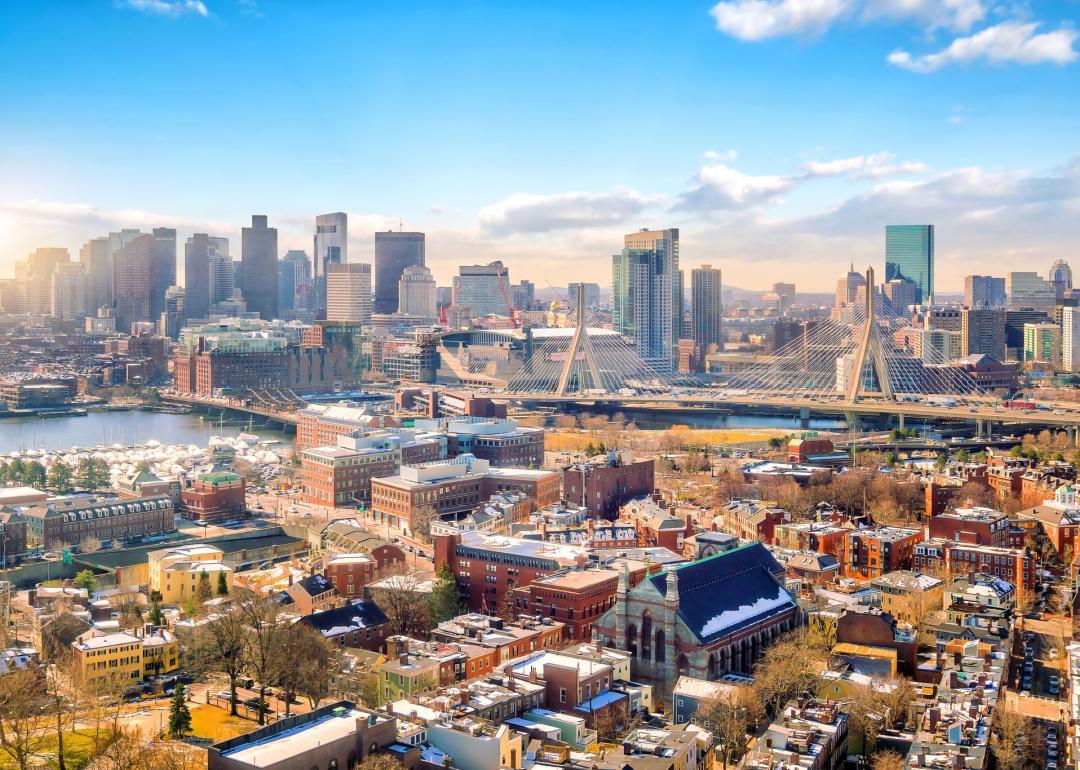
Boston metro area
- Occupied units with heating equipment last winter: 1.8M
- Share of homes that were uncomfortably cold for 24 hours or more: 6.1%
- Top reasons for heating disruptions:
-- Equipment breakdowns: 44.6%
-- Utility interruption: 18%
-- Inadequate insulation: 11.7%
Massachusetts, including Boston, Cambridge, and nearby Newton, has some of the oldest homes in the country, with a median age of 56 years. The state had near-normal temperatures during the 2021-2022 winter.
More than half of homes in the state used natural gas for home heating in 2021. At the same time, solar energy accounted for 20% of the total electricity generation within the state.
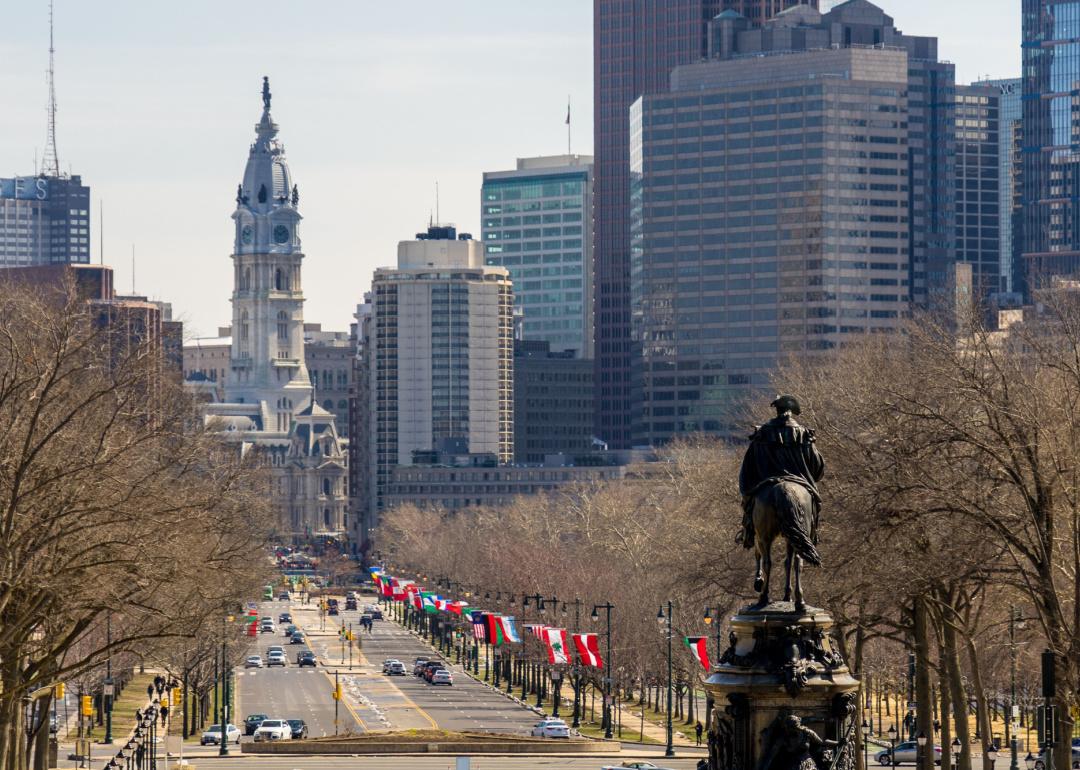
Philadelphia metro area
- Occupied units with heating equipment last winter: 2.3M
- Share of homes that were uncomfortably cold for 24 hours or more: 6.4%
- Top reasons for heating disruptions:
-- Equipment breakdowns: 44.6%
-- Inadequate insulation: 14.8%
-- Inadequate heating capacity: 14.7%
-- Utility interruption: 13.9%
Philadelphia and most of eastern Pennsylvania, including Camden and Wilmington, missed much of the snowfall that hit nearby areas. A storm brought colder-than-normal temperatures at the end of March.
Pennsylvania has among the oldest housing stock in the country, with the median age between 61 and 79 years.

San Francisco metro area
- Occupied units with heating equipment last winter: 1.7M
- Share of homes that were uncomfortably cold for 24 hours or more: 7.2%
- Top reasons for heating disruptions:
-- Equipment breakdowns: 32.1%
-- Other: 19.1%
-- Cost of heating: 16.8%
-- Inadequate insulation: 16.1%
-- Inadequate heating capacity: 14.4%
La Niña meant an unusually dry winter around the Bay Area cities of San Francisco, Oakland, and Hayward in 2021-2022. The state had already experienced back-to-back dry winters. But at the end of 2021, rain and snow storms hit the Bay Area and the Sierra Nevada, downing power lines. Cold air from Canada moved in, bringing freezing temperatures.
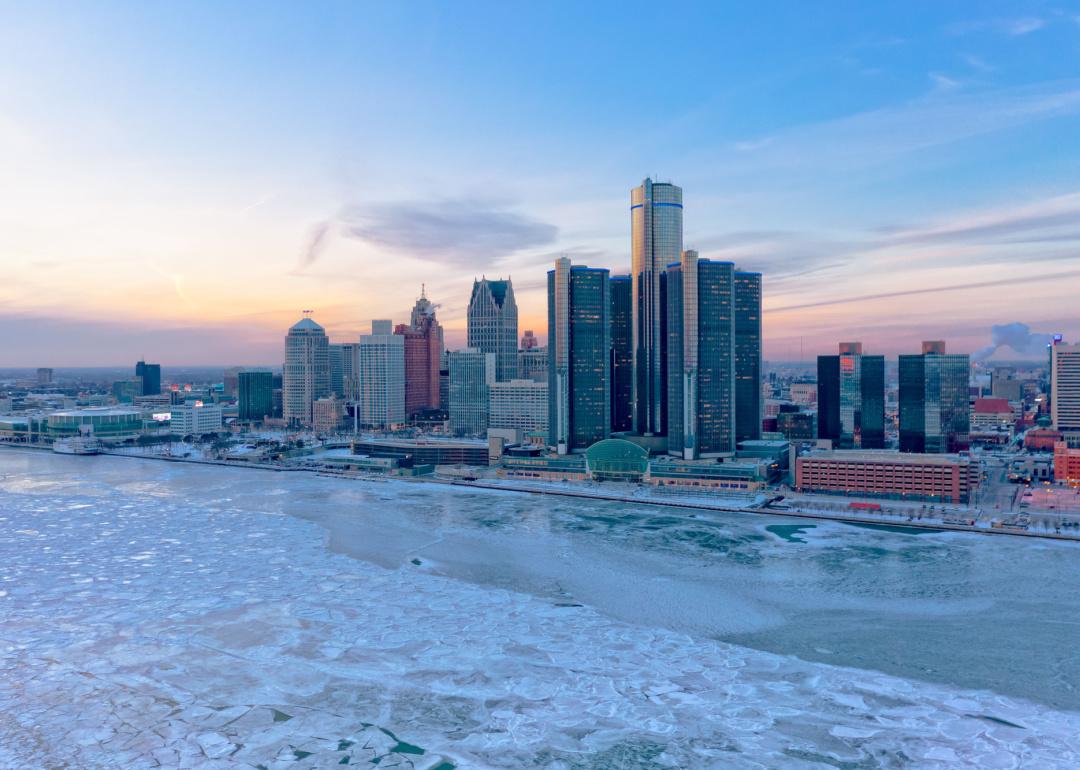
Detroit metro area
- Occupied units with heating equipment last winter: 1.7M
- Share of homes that were uncomfortably cold for 24 hours or more: 7.7%
- Top reasons for heating disruptions:
-- Equipment breakdowns: 46.2%
-- Utility interruption: 21.5%
-- Other: 14.1%
-- Inadequate insulation: 13.1%
The winter of 2021-2022 was Detroit's 55th warmest on record. But there were storms in February 2022, with snowfalls of 4 inches or more affecting Detroit and the surrounding areas of Warren and Dearborn. About 80% of Detroit's housing stock was built before 1960.
Michigan's primary renewable energy source, wind power, accounted for nearly 5% of the electricity produced in the state.
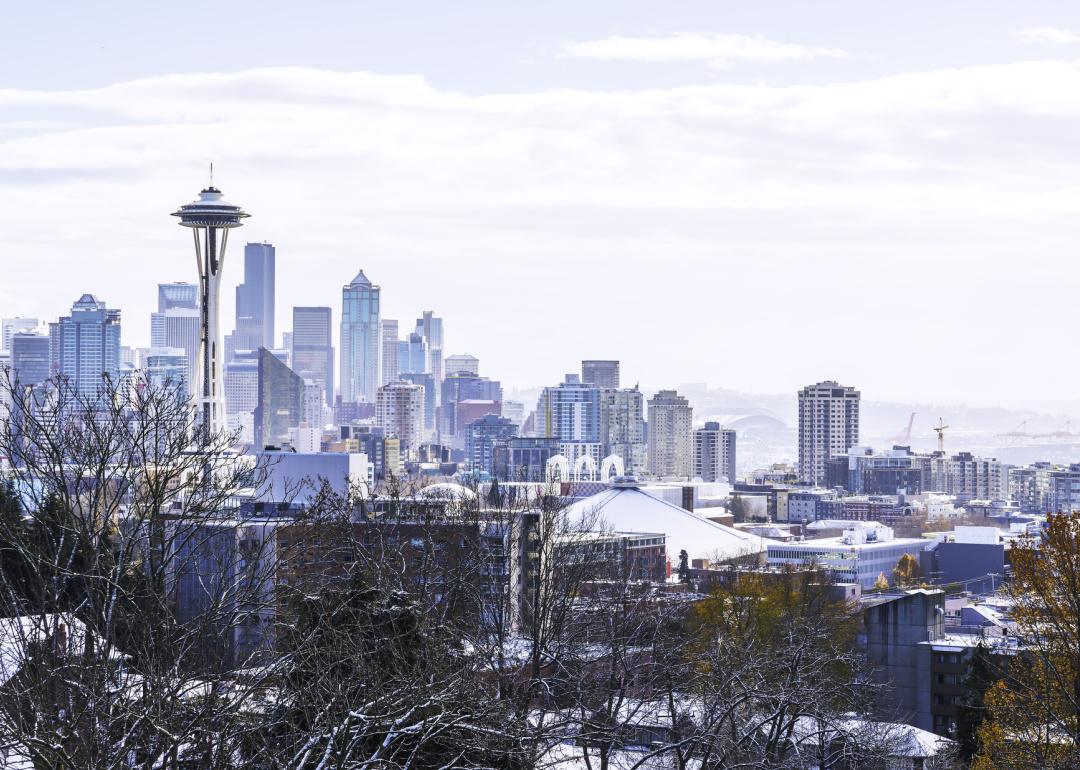
Seattle metro area
- Occupied units with heating equipment last winter: 1.5M
- Share of homes that were uncomfortably cold for 24 hours or more: 8.1%
- Top reasons for heating disruptions:
-- Equipment breakdowns: 32.7%
-- Utility interruption: 24.1%
-- Other: 19.3%
-- Inadequate insulation: 11.5%
-- Inadequate heating capacity: 8.4%
-- Cost of heating: 7.5%
During the second La Niña winter in December 2021, the Puget Sound region recorded some of its lowest daily temperatures and more snow than usual. The wintry weather in Seattle, Tacoma, and Bellevue, led to power outages. At the Seattle-Tacoma International Airport, 8.9 inches of snow fell on Feb. 13, the snowiest day since Dec. 31, 1968.
Washington is the country's largest producer of hydroelectric power.
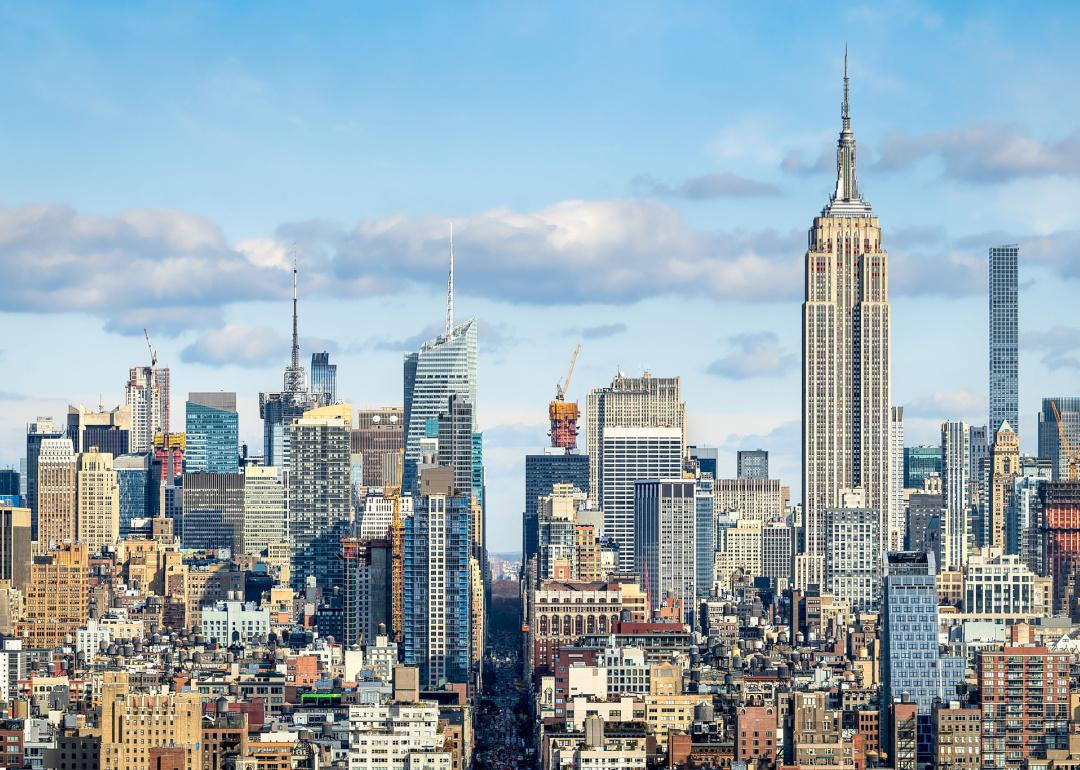
New York City metro area
- Occupied units with heating equipment last winter: 7.3M
- Share of homes that were uncomfortably cold for 24 hours or more: 8.7%
- Top reasons for heating disruptions:
-- Equipment breakdowns: 48.2%
-- Inadequate heating capacity: 20%
-- Other: 15.2%
-- Inadequate insulation: 9.8%
New York City had much less snow than average during the winter of 2021-2022. The total was just under 18 inches, about 10 inches less than average. Temperatures in the New York, Newark, and Jersey City areas were above average by nearly 1 degree. That said, the coldest temperature of the winter was 10 degrees.
New York has the oldest owner-occupied homes in the country, with a median age of 60. New York relies on natural gas and nuclear power for its electricity generation.

Dallas metro area
- Occupied units with heating equipment last winter: 2.7M
- Share of homes that were uncomfortably cold for 24 hours or more: 41.6%
- Top reasons for heating disruptions:
-- Utility interruption: 76.5%
-- Equipment breakdowns: 11.5%
-- Other: 8.2%
-- Inadequate heating capacity: 2.6%
-- Inadequate insulation: 1.4%
A winter storm in February 2021 crashed the Texas power grid, resulting in the loss of power to more than 4.5 million homes, including in the Dallas, Fort Worth, and Arlington areas. At least 57 deaths across 25 Texas counties were reported, along with more than $195 billion in property damage, according to the University of Texas at Austin Energy Institute. Most power plants that generate the state's electricity run on natural gas.
The storm shut down more than half of the consumer electrical supply. The inability of the power plants to operate in the extreme cold was the main reason for the failures.
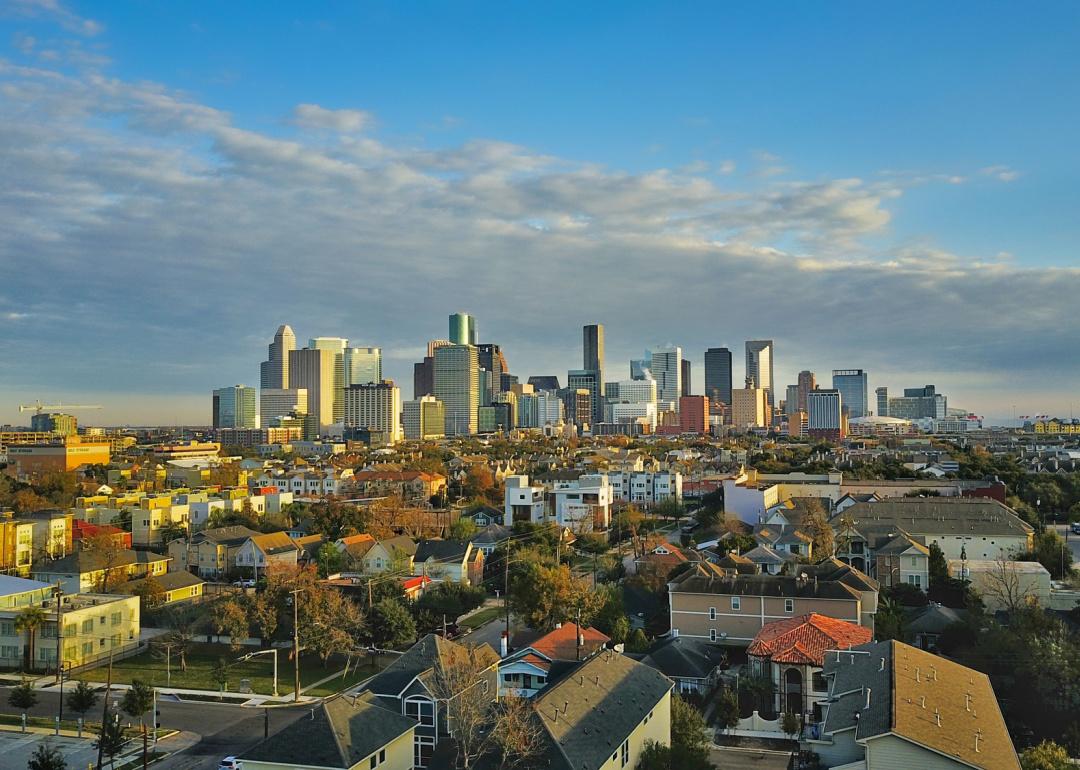
Houston metro area
- Occupied units with heating equipment last winter: 2.4M
- Share of homes that were uncomfortably cold for 24 hours or more: 57.7%
- Top reasons for heating disruptions:
-- Utility interruption: 77.3%
-- Equipment breakdowns: 13.9%
-- Other: 7.7%
The February 2021 storm that caused the power grid failure affected Houston, The Woodlands, and Sugar Land. As a result, the Texas Legislature now requires power plants to be better prepared for extreme cold.
The state's Public Utility Commission is winterizing plants to meet earlier federal guidance, the Texas Tribune notes. But lawmakers did not make the changes to the state's electricity market that some experts say is necessary. And they did not call for more weatherization of homes.
Texas' top source for the generation of electricity is natural gas, followed by coal and then wind power.



